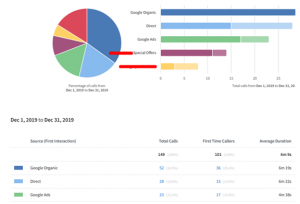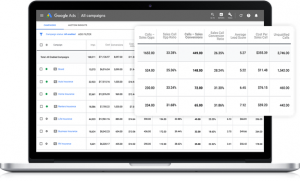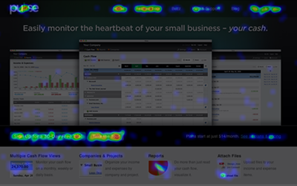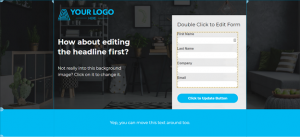PPC Success Beyond the Standard KPIs
The success of PPC campaigns is more than just what you see in the interface
There are always challenges when running any successful paid search campaign. Most of the time, people will look at the data right in front of them when attempting to address a challenge they are facing. Sometimes, the answers can only be found in areas outside of the numbers within Google Ads or Analytics. Here are some common issues I encounter that have solutions outside of the standard Google products we interact with on a daily basis.
Problem 1: Your products are highly custom or complex, so most of your sales come over the phone. Not everyone wants to fill out a lead form when it will eventually lead to a phone call anyway. If they’re in the mindset of talking about their needs, they’re going to pick up the phone, because it’s a convenient time for them
Solution: Call tracking software
There are a number of solutions here that range from free with basic reporting to enterprise-level software. If you’re looking for basic call data, your best option is to install the Google Ads call tracking script. As the name mentions, this will only allow you to gain insights from calls driven from your Google PPC ads. You will also be limited in the reporting availability of this option, as you will only be able to see basic insights such as when the call happened and how long it lasted. This makes it difficult to tie back these phone calls to specific sales without doing a lot of extra manual work to match up caller & transaction.
A second option to track calls would be CallRail. CallRail provides some more in-depth reporting at a reasonable price point. This is an especially good option if you’re interested in listening back to the recordings of the calls or would like more information on the specific caller ID. Another huge benefit of CallRail is that you can track call from all sources, not just your PPC ads, to be able to evaluate how effective each source is at driving business over the phone
The third and most involved call tracking software we work with most frequently here at Granular is DialogTech. There is a bit of a higher price point that comes with a subscription, but with that comes a seemingly limitless opportunity of data. After you connect your PPC accounts, the integration allows for thing such as custom reporting columns to import right into your Google Ads account to seamlessly track revenue from e-commerce sales and drive smart bidding solutions to make more informed decisions that we would otherwise lose through attribution. DialogTech will also integrate with certain CRMs to automatically maintain the full value of each of your customers.
Problem 2: The engagement metrics on your ads are strong and you seem to be driving relevant traffic to your site, but the conversions just aren’t coming in
Solution A: Do you know what your customers are doing on your site and how they’re interacting with it? I’d be willing to bet the answer is most likely no. There is a good handful of session recording & heatmap software available. My personal favorite is Inspectlet. Inspectlet brings you all the information you would need on what people are doing when they’re on your website. You can get recordings of sessions as well as heatmaps based on eye tracking, click tracking & scroll heatmaps (how far down the page are people actually getting?). One of the best things about Inspectlet is that you can get started absolutely free! You can record up to 1,000 sessions in a month before needing to begin paying for the service.
Solution B: So now you know how people are interacting with your site and you’ve realized your lead form is just hard to find. If a complete website overhaul is not in the budget, try driving people to a dedicated landing page where the conversion point is clearly laid out at the top of the page. One of the tools we’ve found most success with, especially in lead gen campaigns, is Unbounce. You can build simple, custom landing pages that integrate with your website. The easier you can make the conversion process, the more likely it is someone will follow it all the way through. When switching from a long, hidden form within the depths of a website to a short, simple form at the top of one of these Unbounce pages, our team has, in some cases, seen conversion rates skyrocket to 250%+ what they were previously.
Problem 3: Your bounce rate is incredibly high and time on site unbelievably low
Solution: Have you considered the fact that your website loads slowly, and people leave right away because they won’t wait around for it to load. I know there has been a TON written about attention spans and the exponential loss of users after 3 seconds of load time, etc. so I won’t bore you with those details. But as a solution, check out Google’s PageSpeed Insights. This free tool will analyze your website’s speed and give actionable insights to take back to your development team to enhance the customer’s experience as they click through your site. Don’t fret if your score isn’t a perfect 100%, as even google.com only scored an 89/100 when I ran it through!
Sometimes your account will under-perform even when the metrics in front of your face should indicate otherwise. Next time you face this issue, try to look outside the “what” of the issue and leverage any of these tools to find the “why.”






